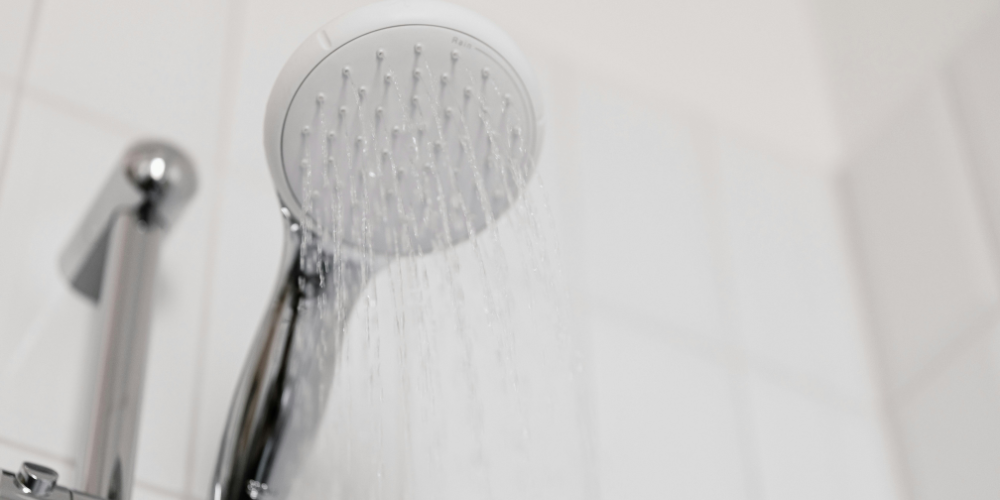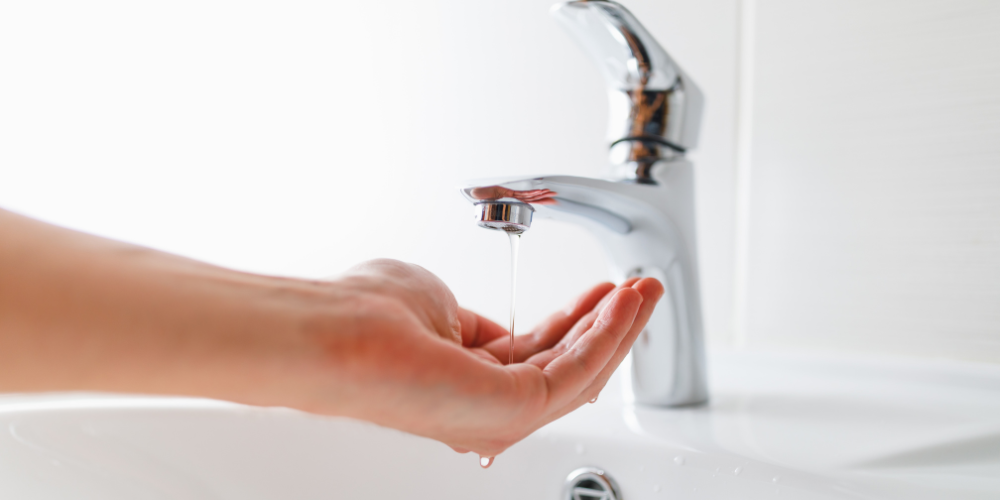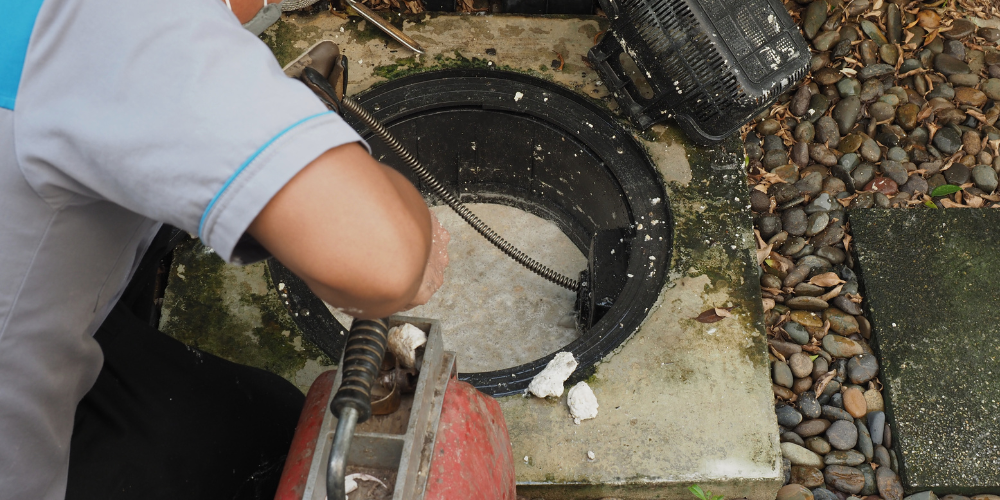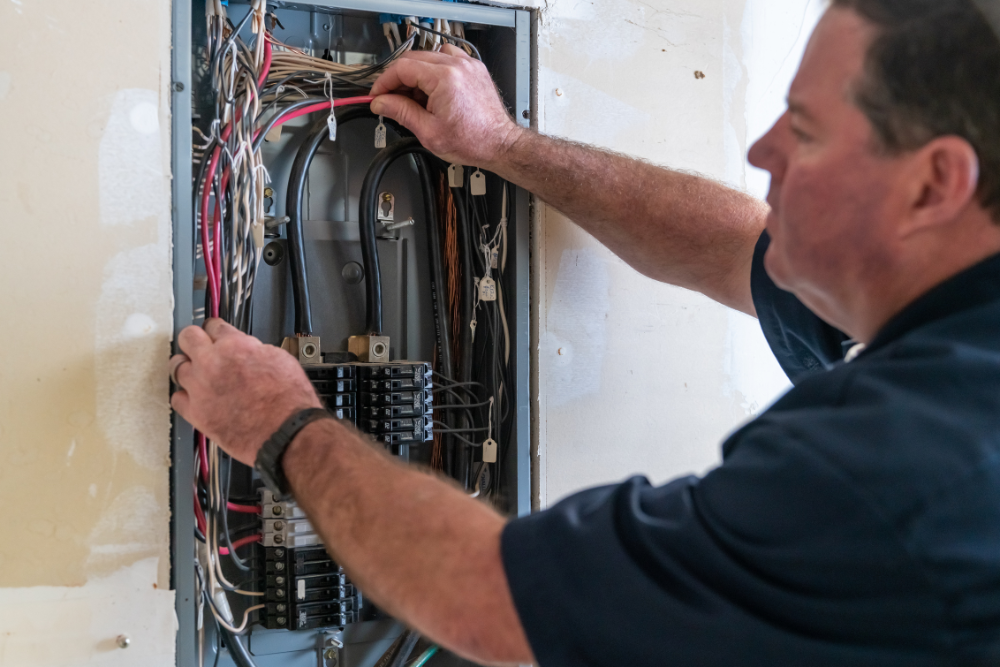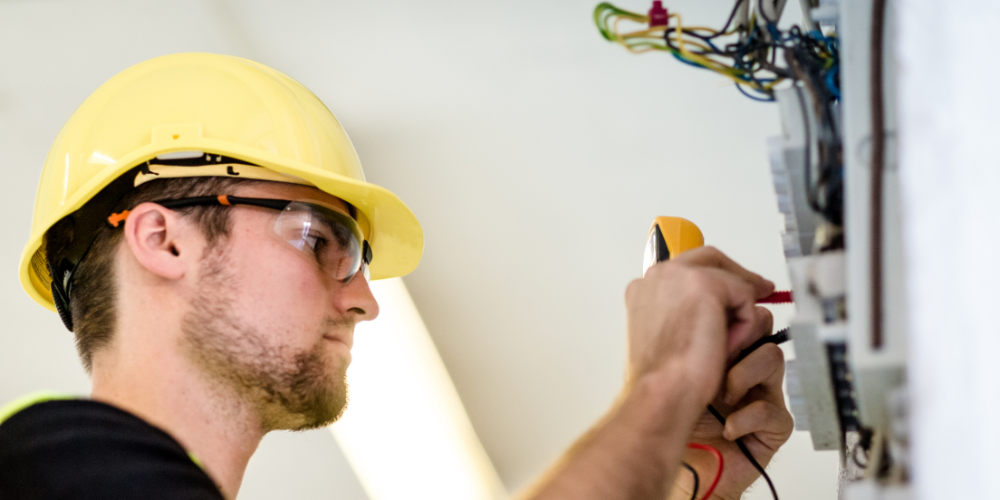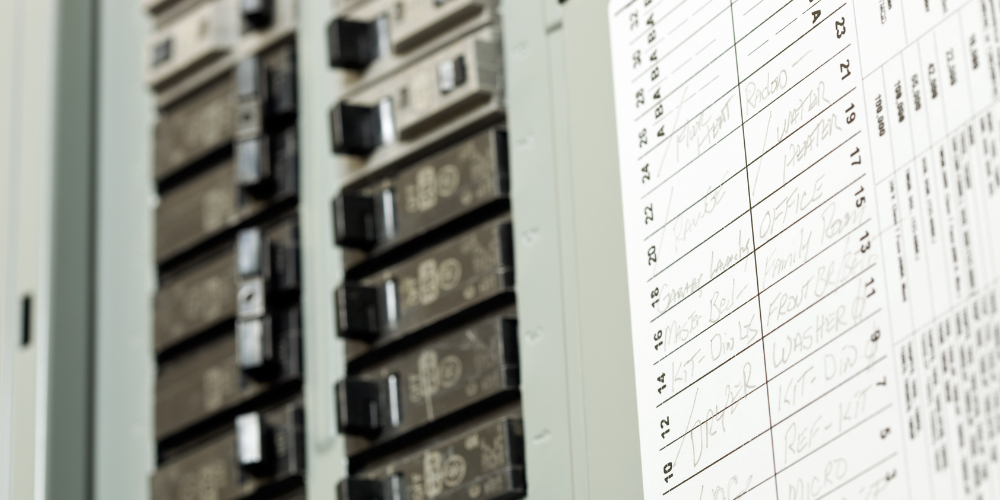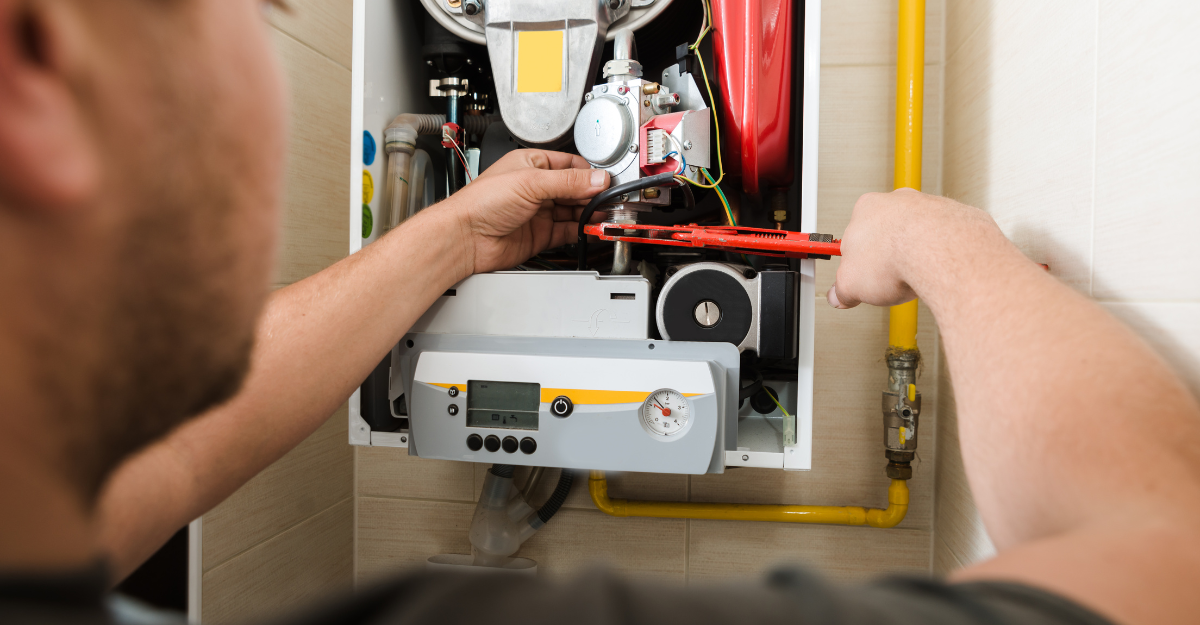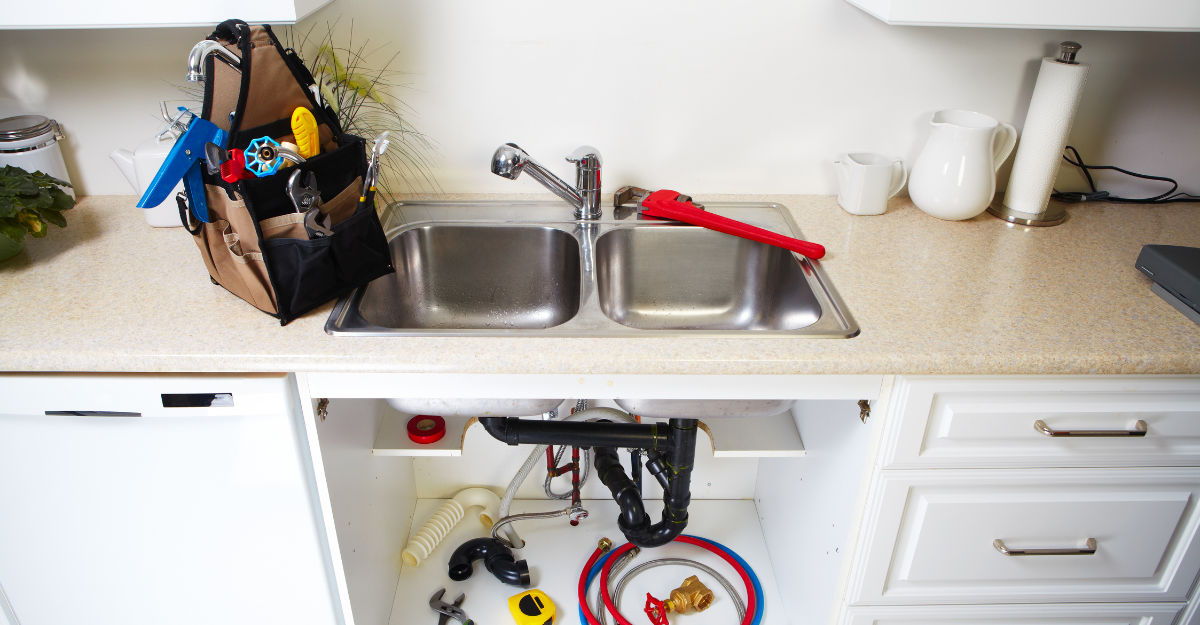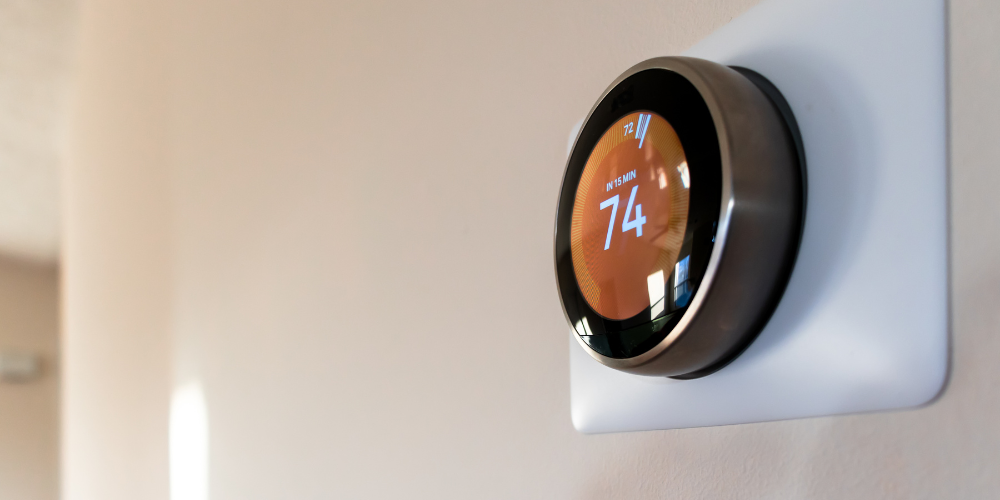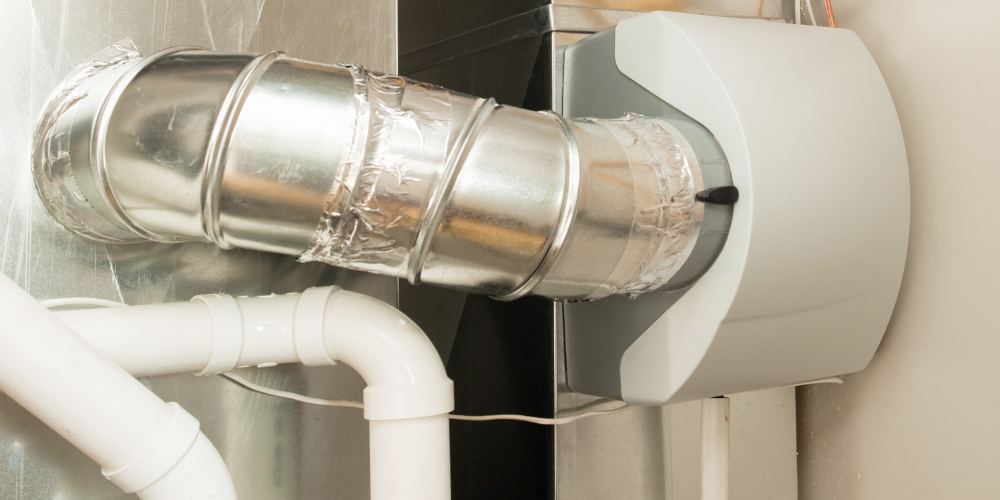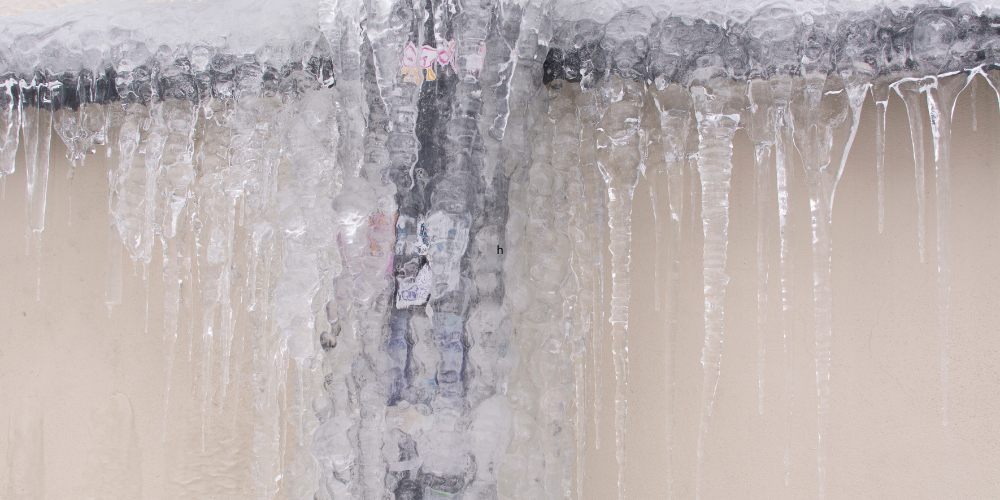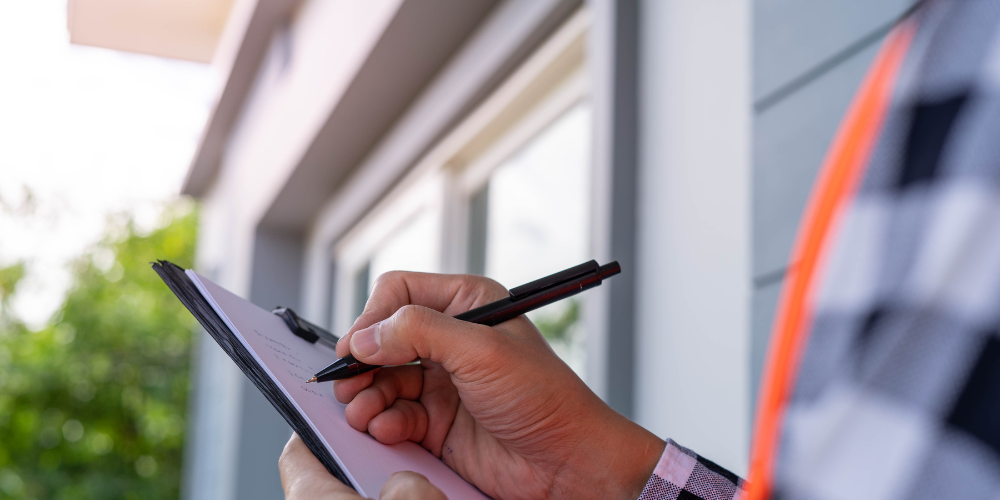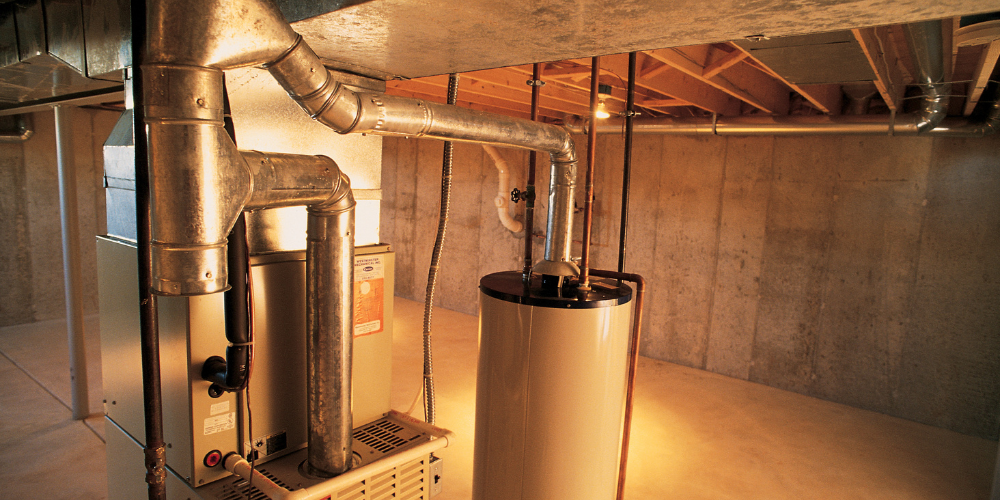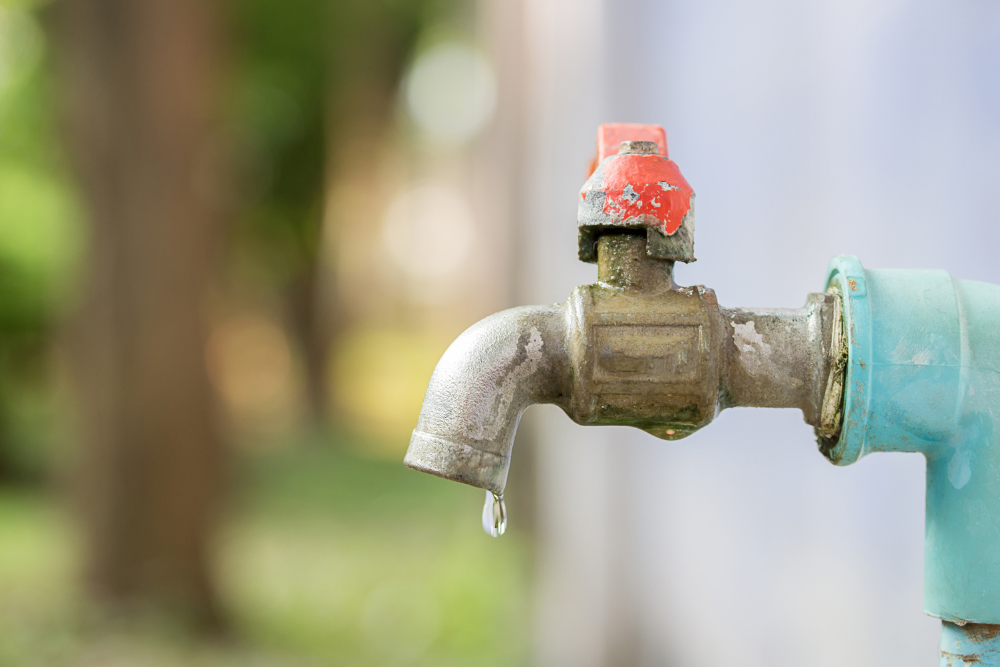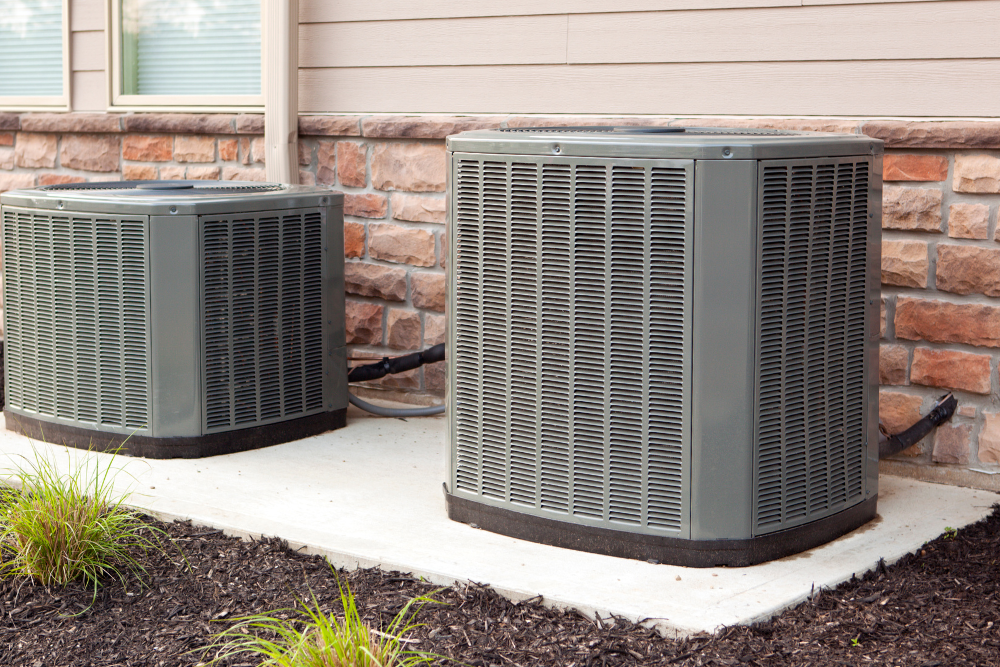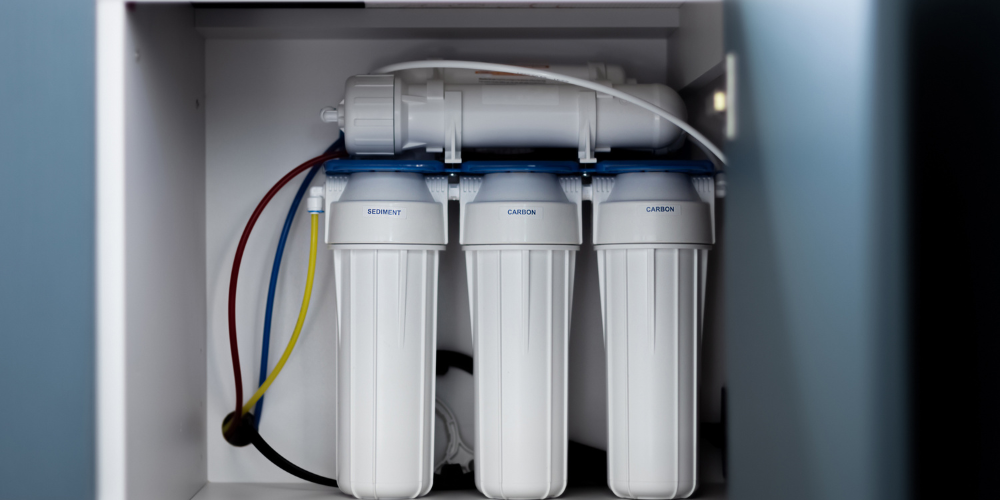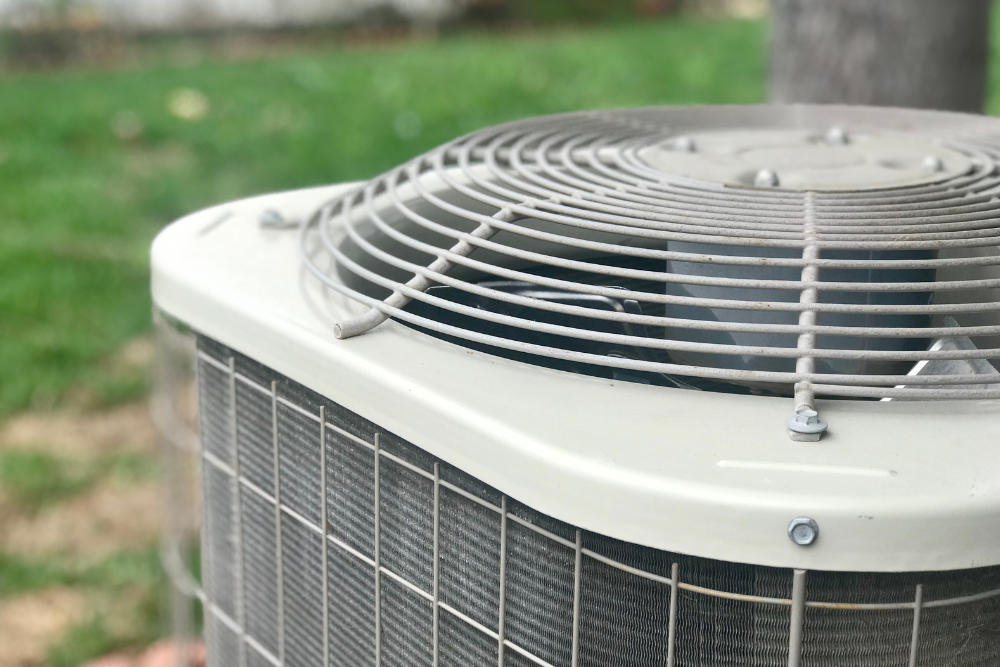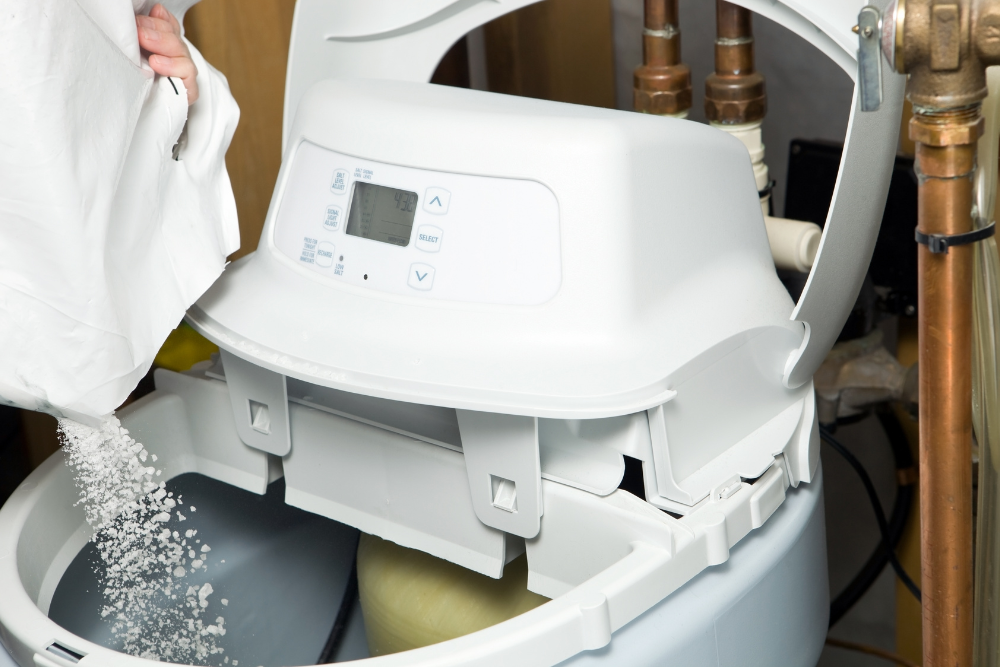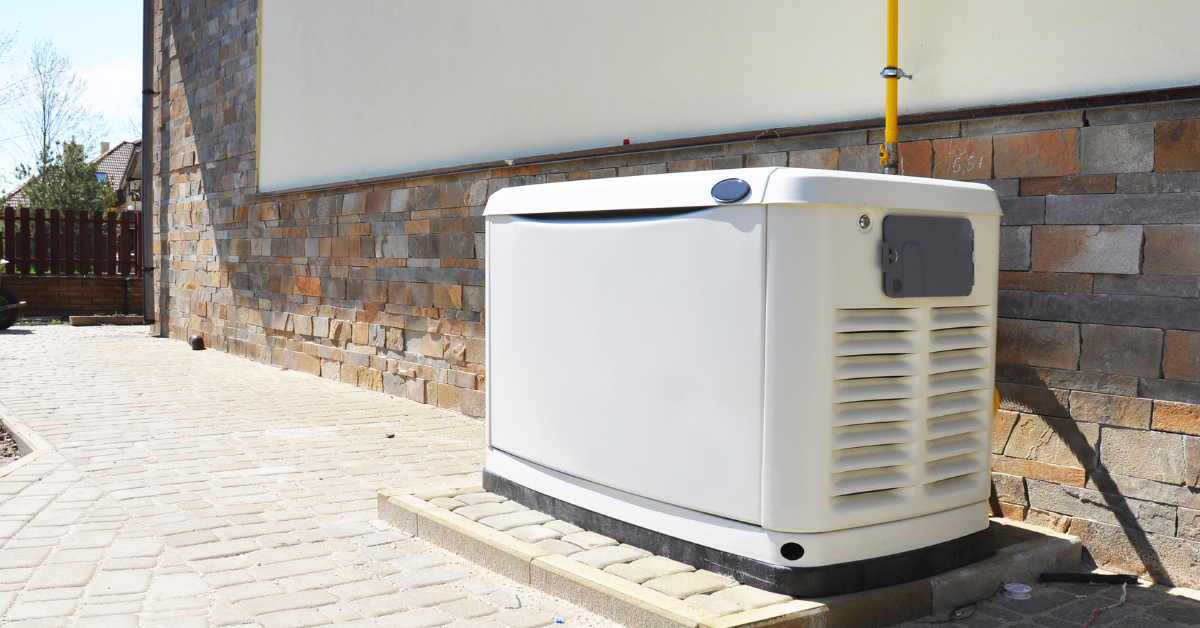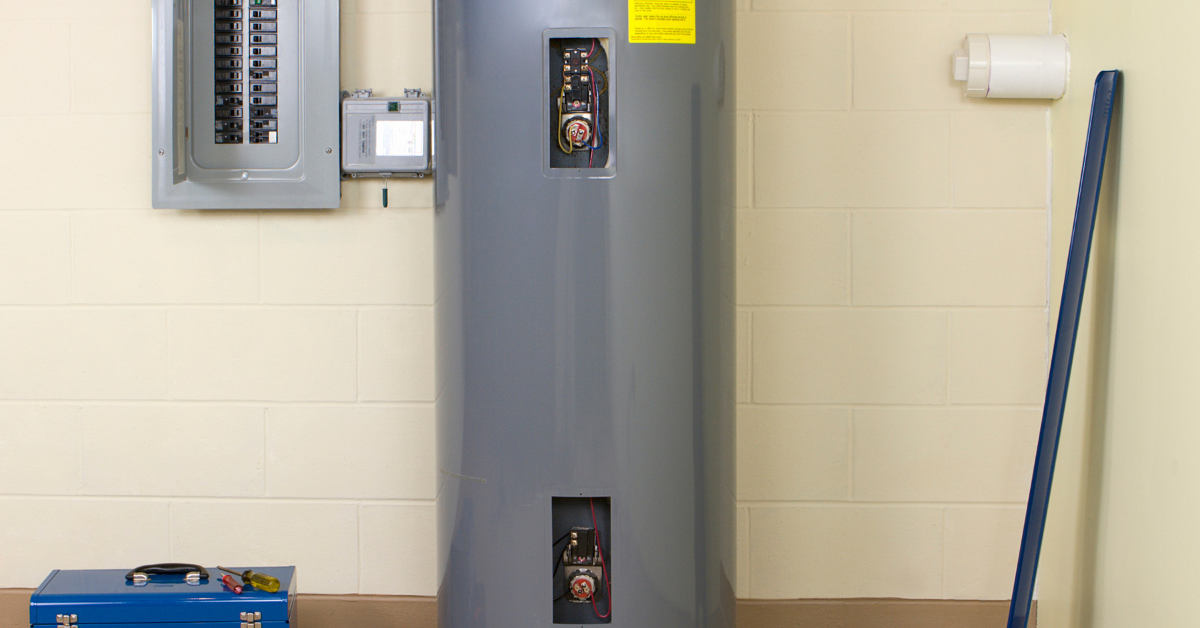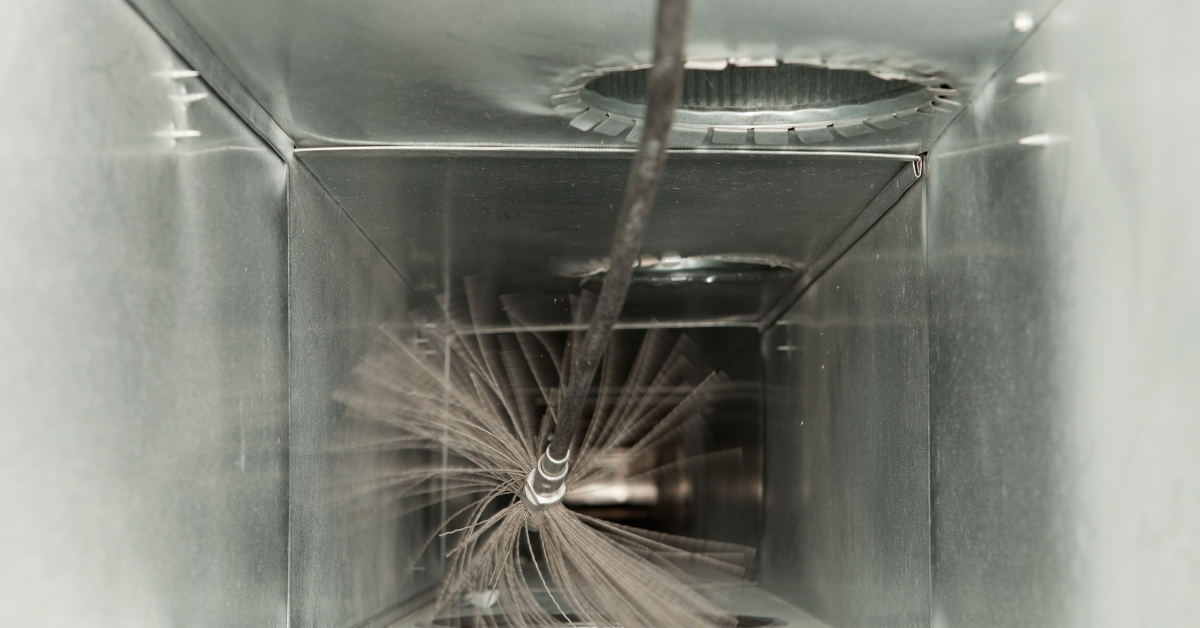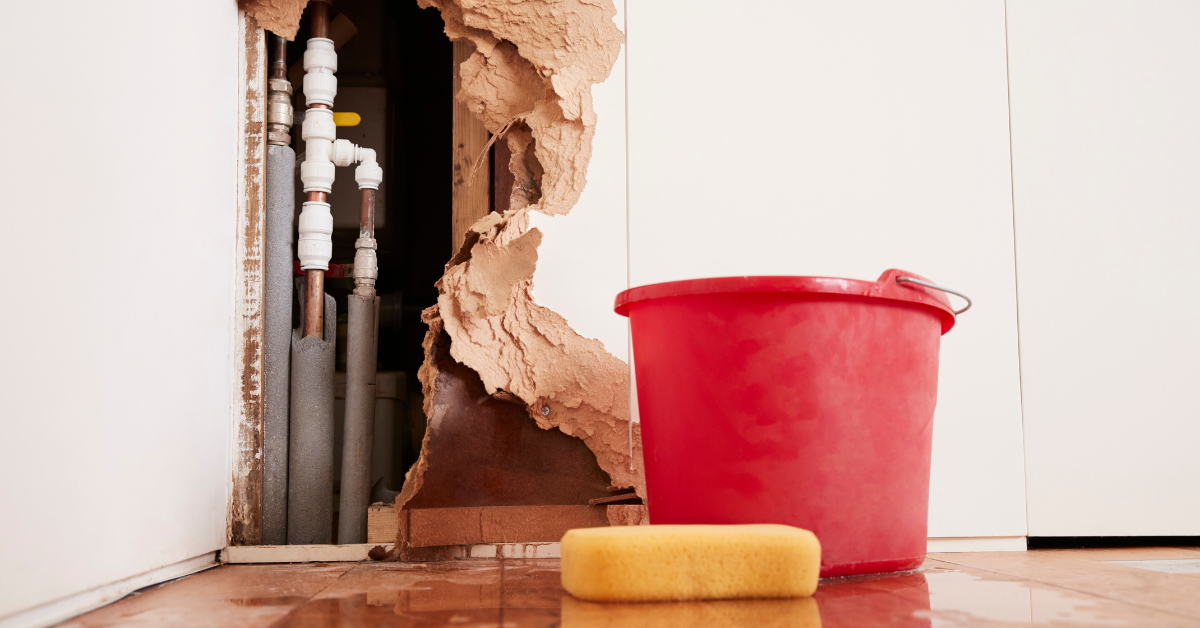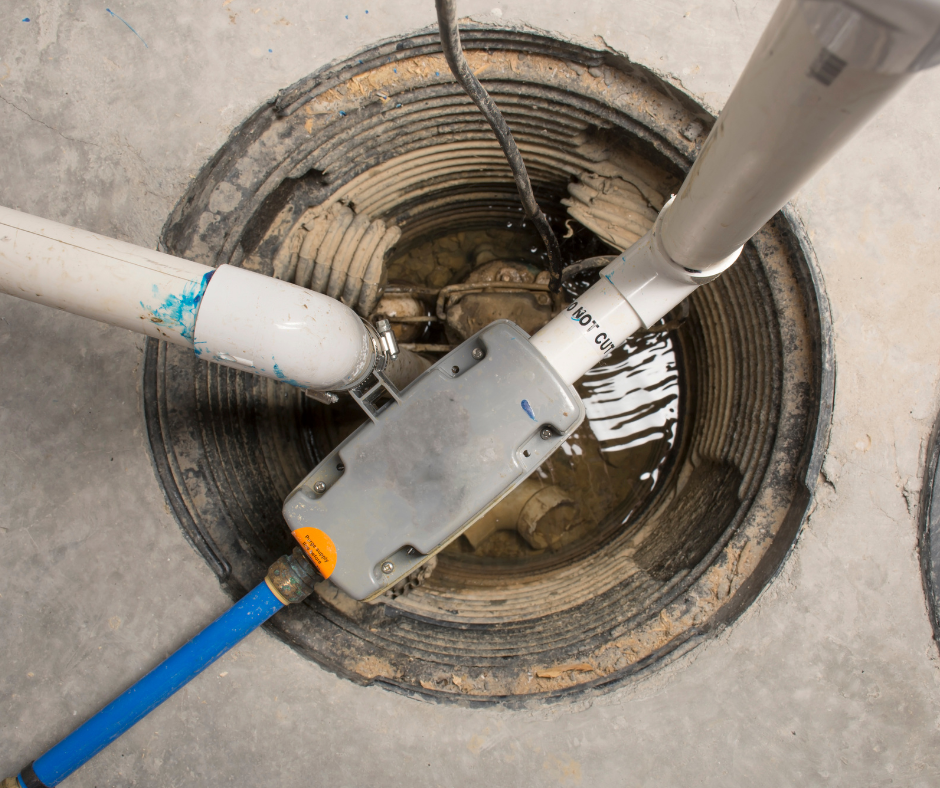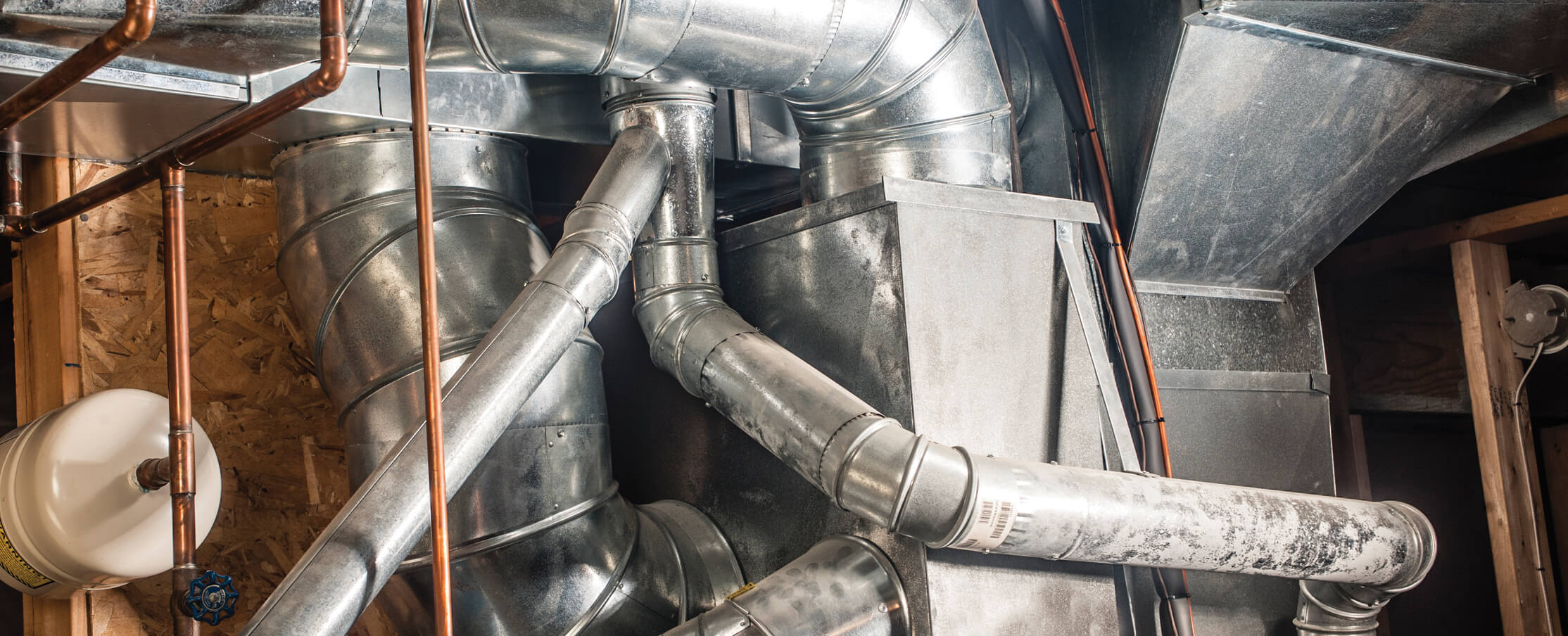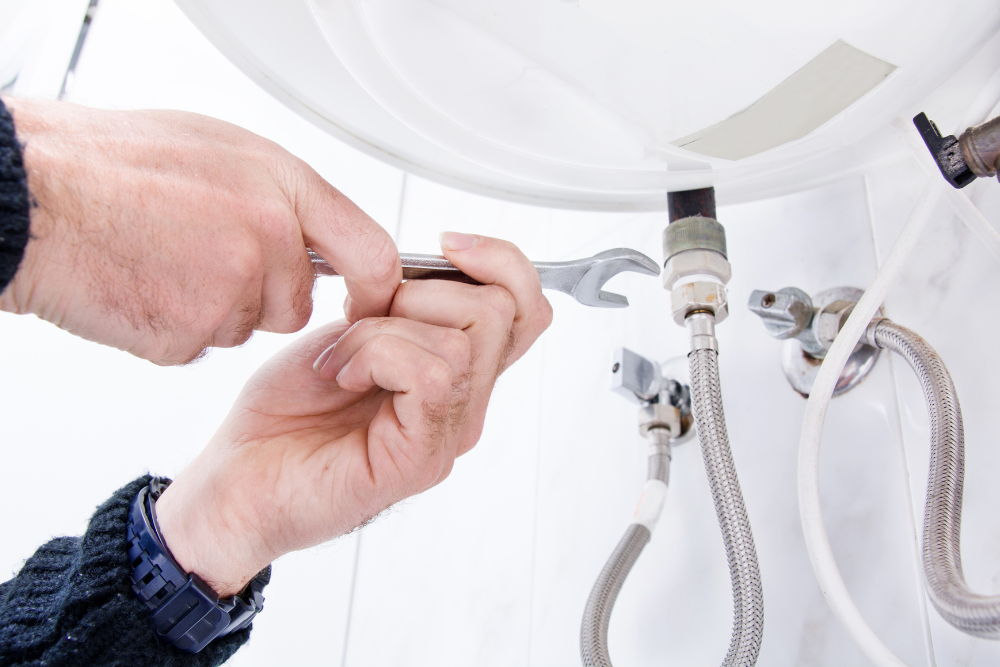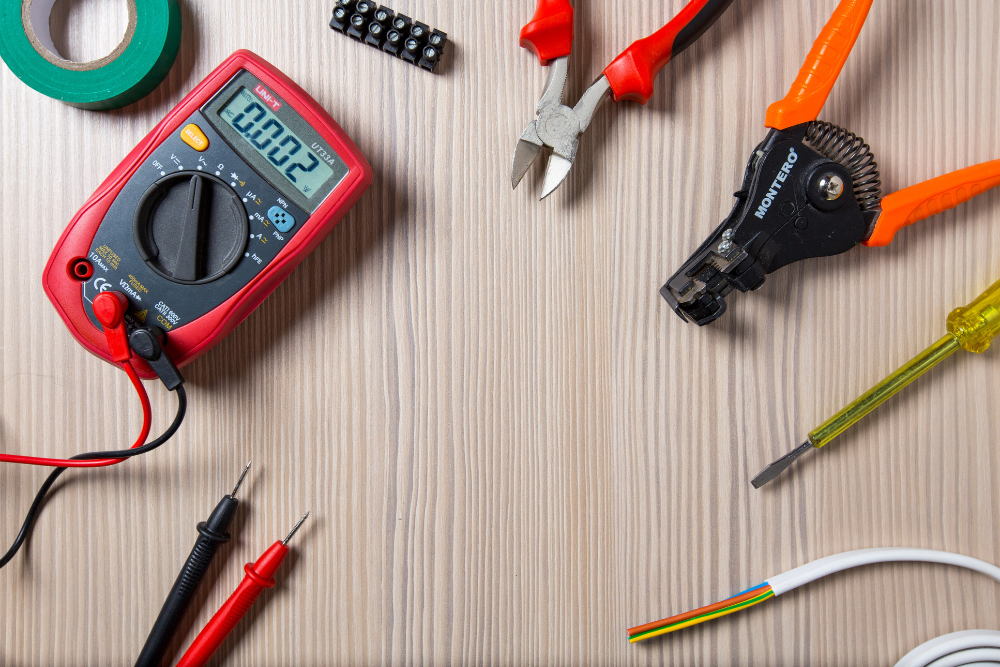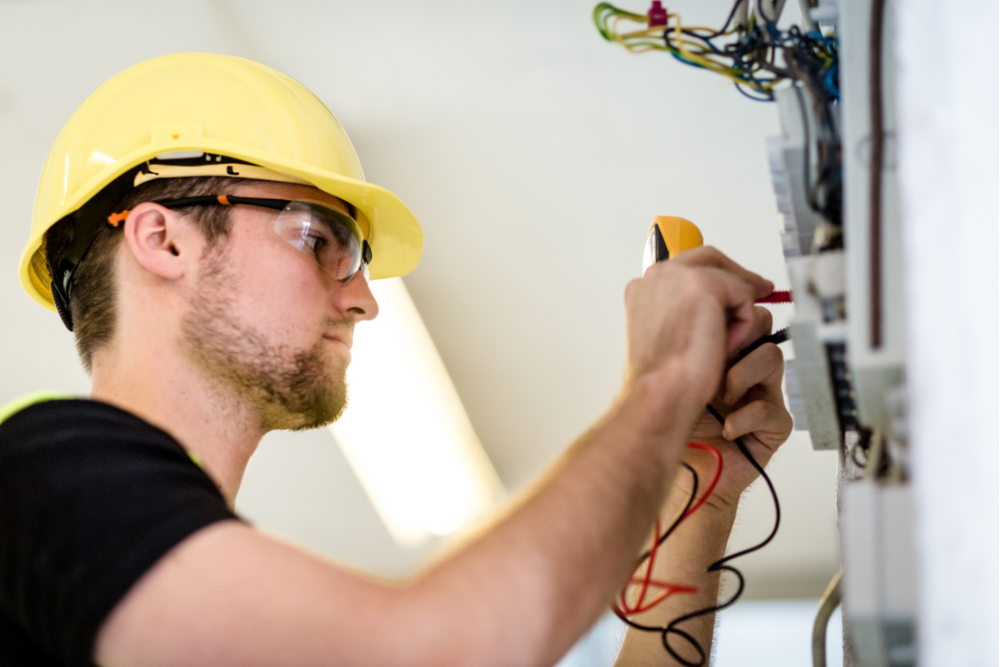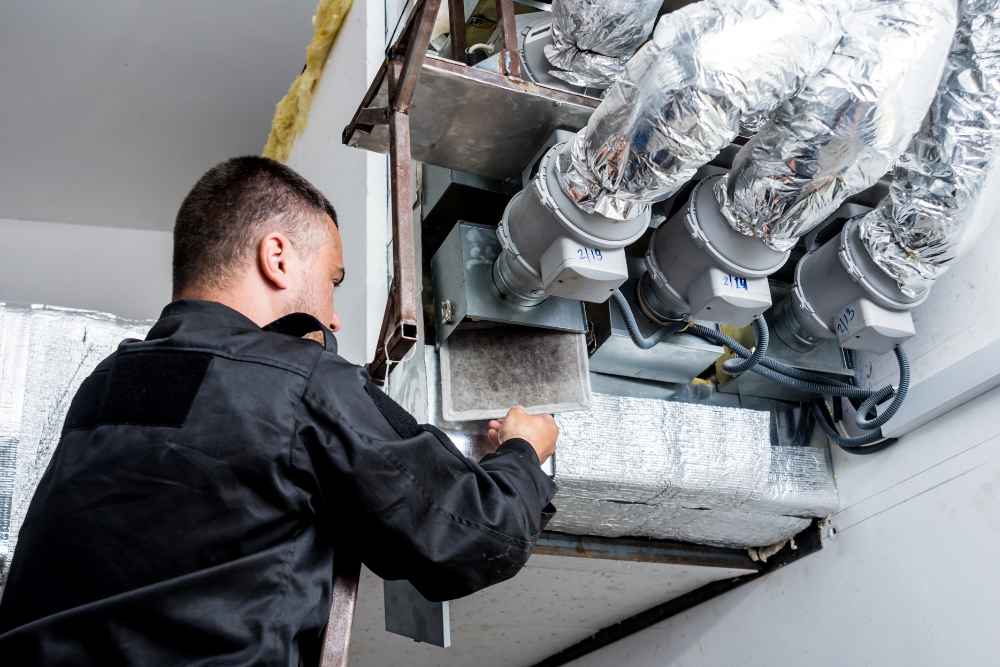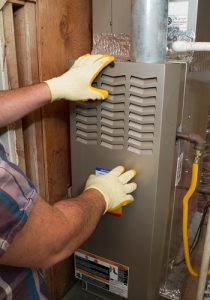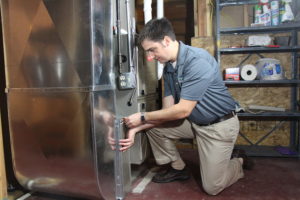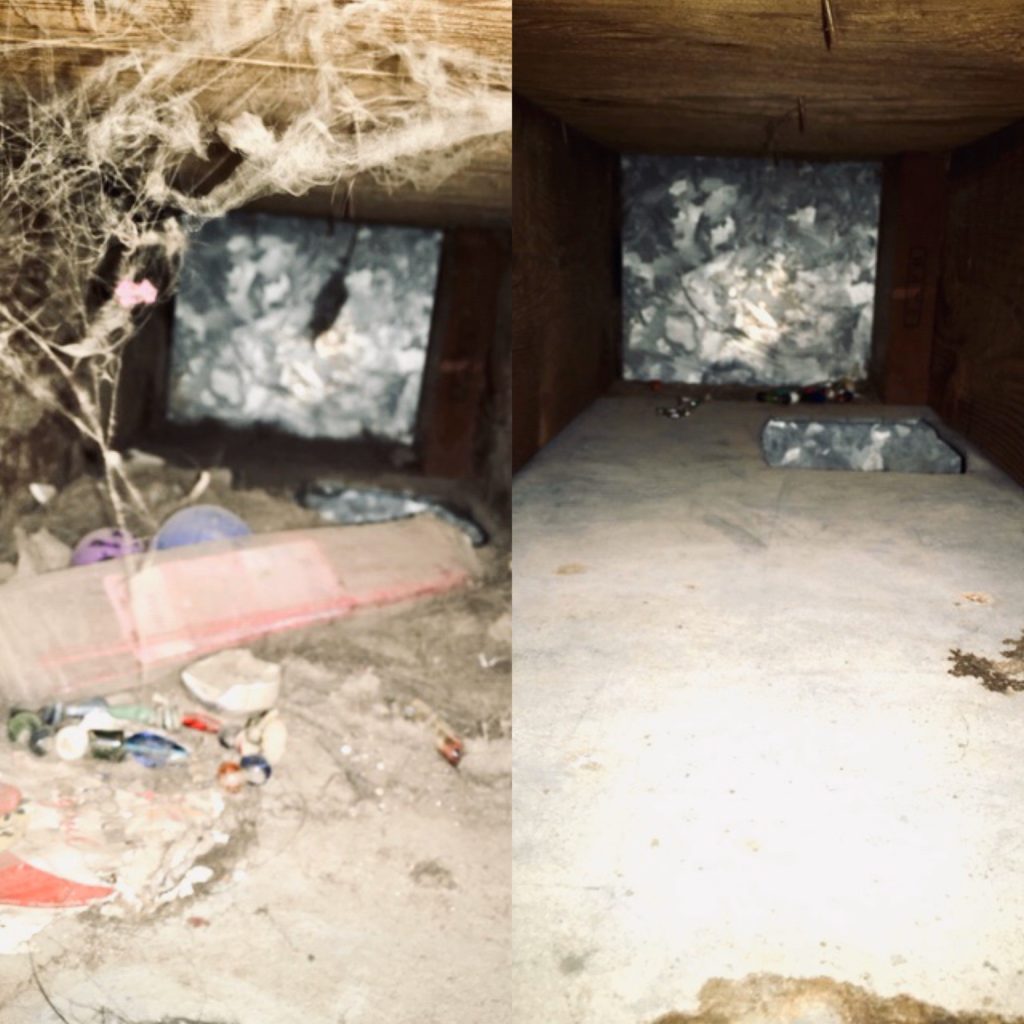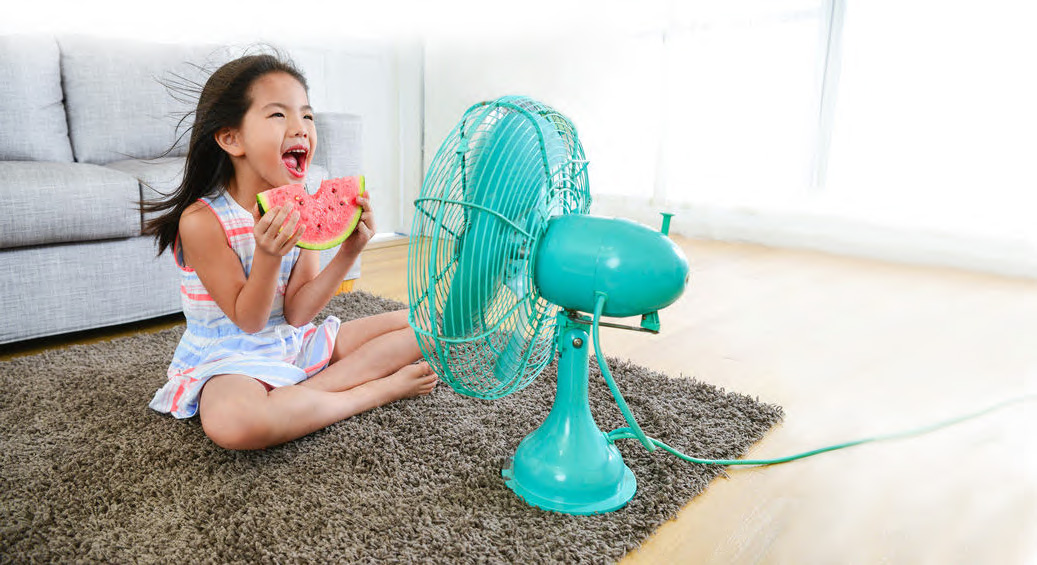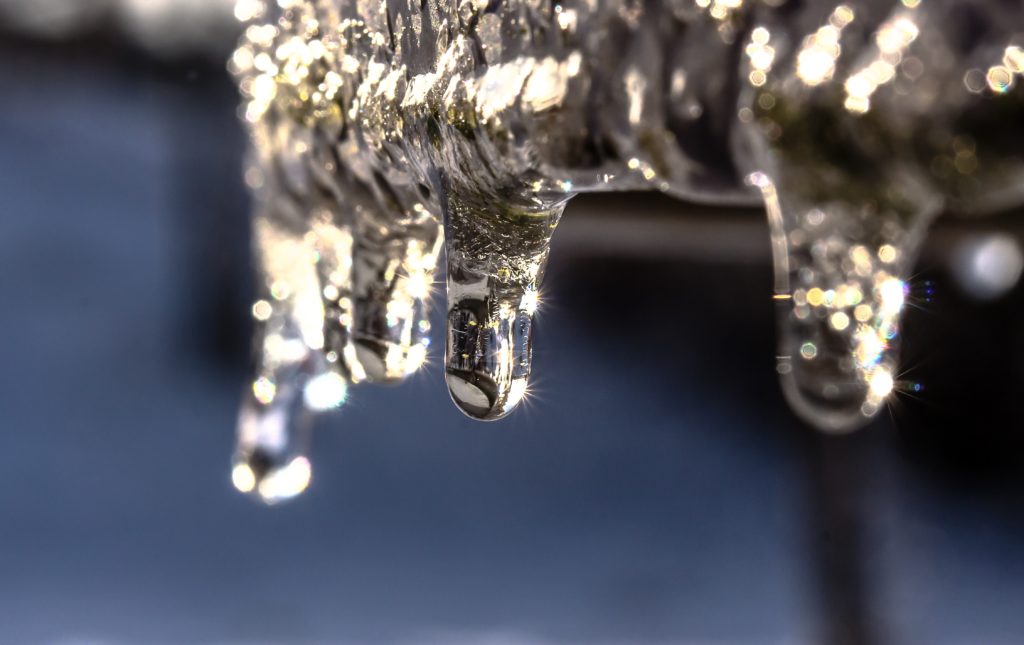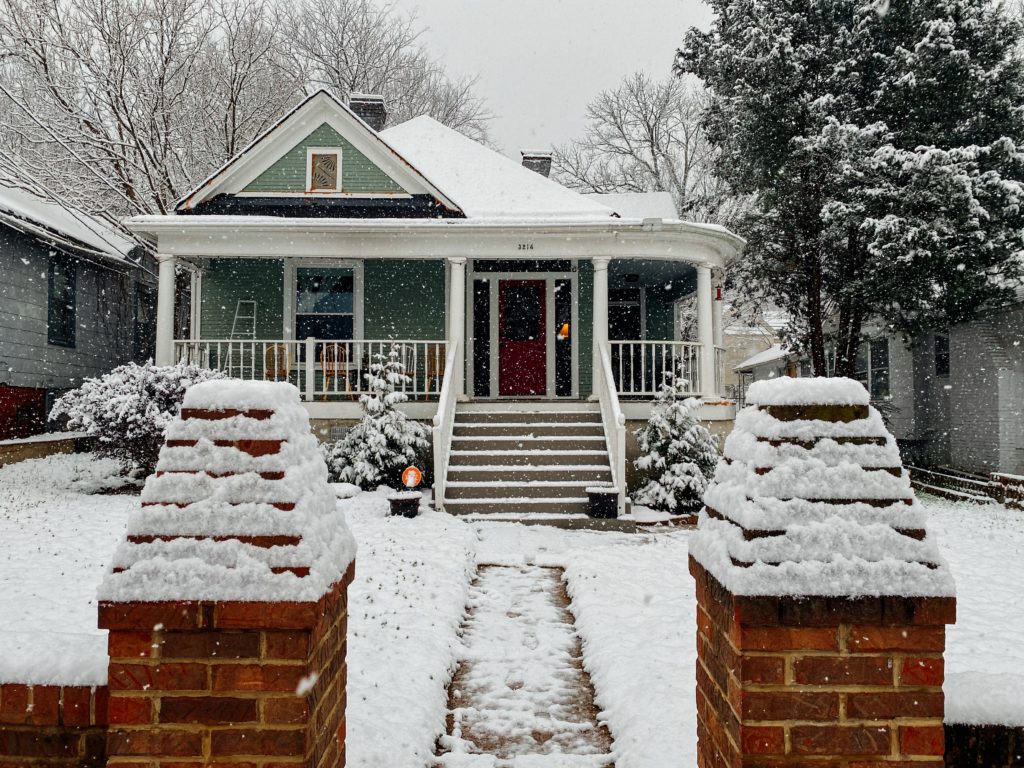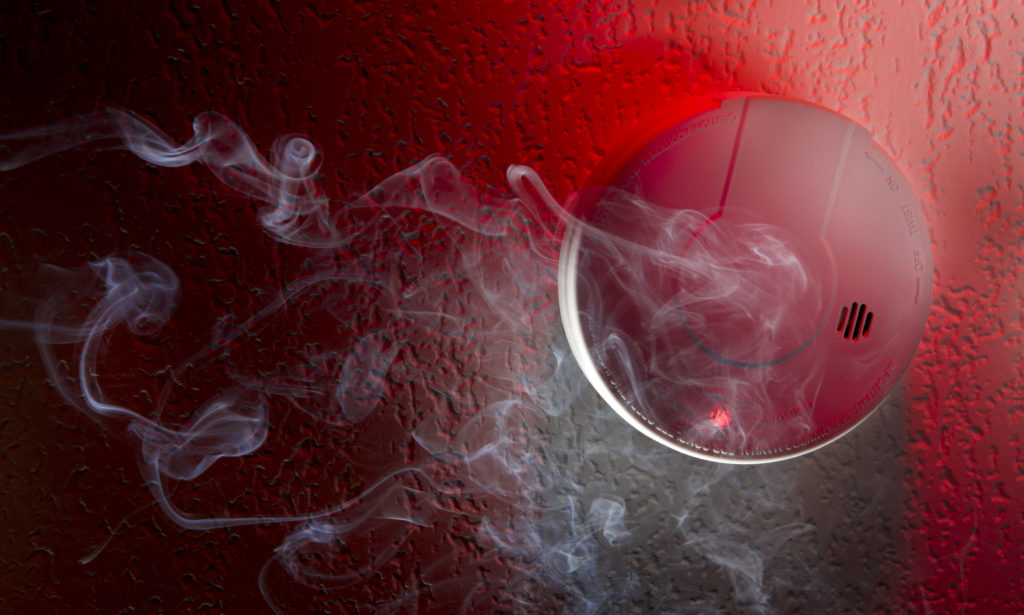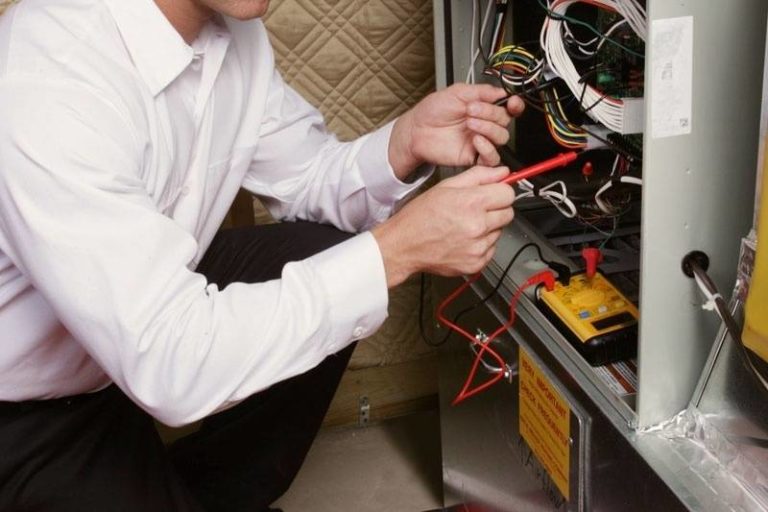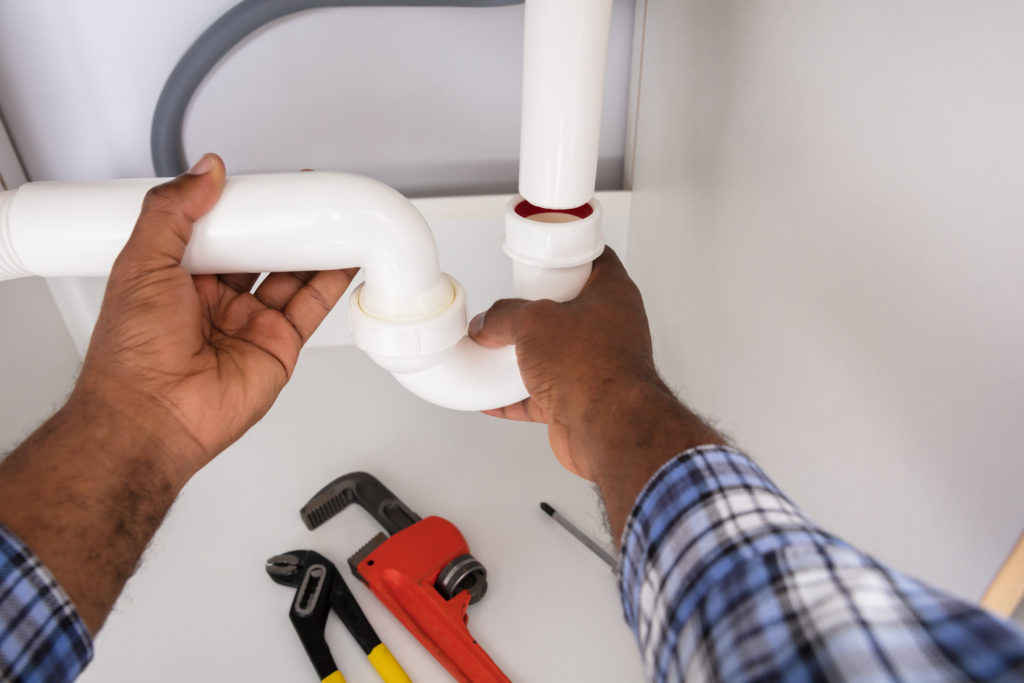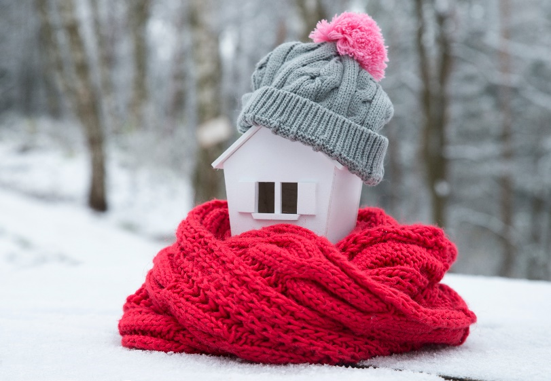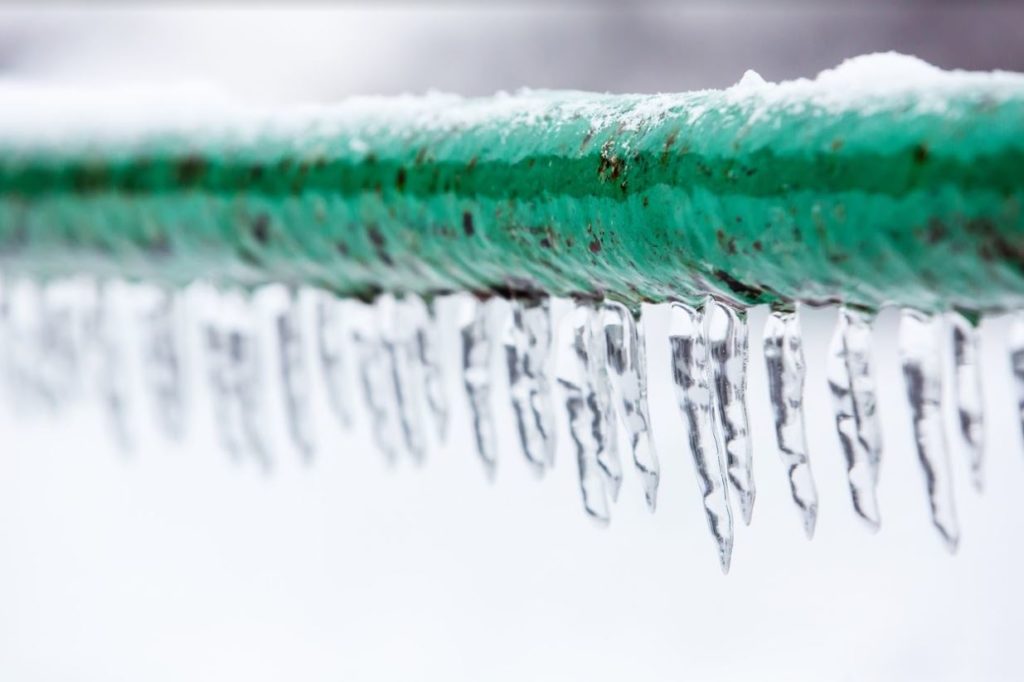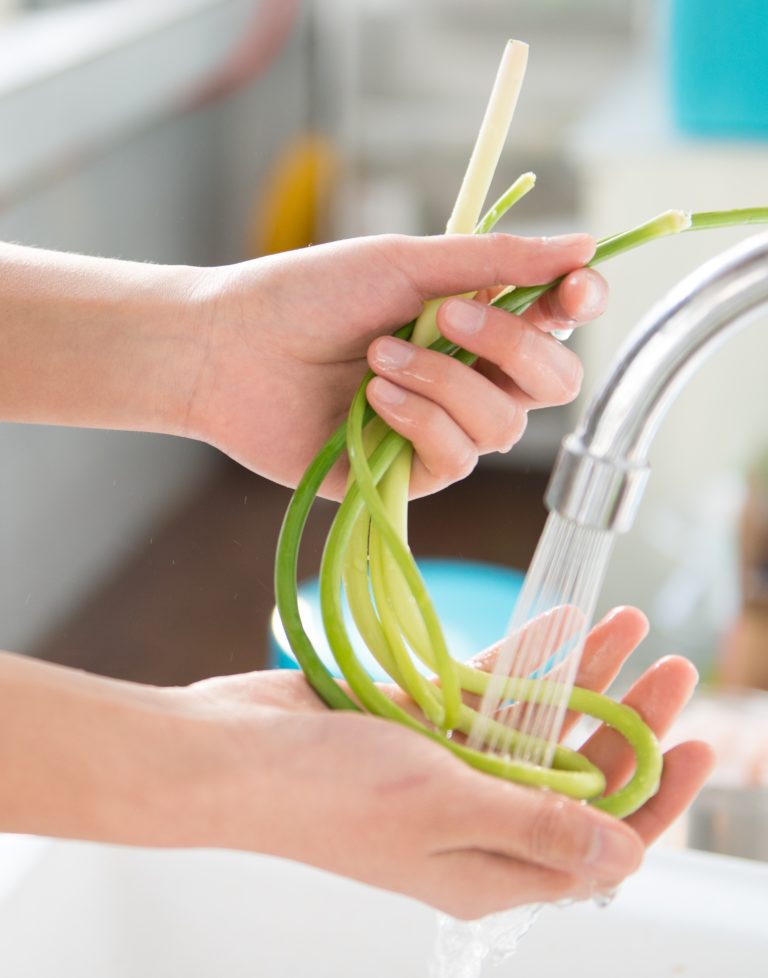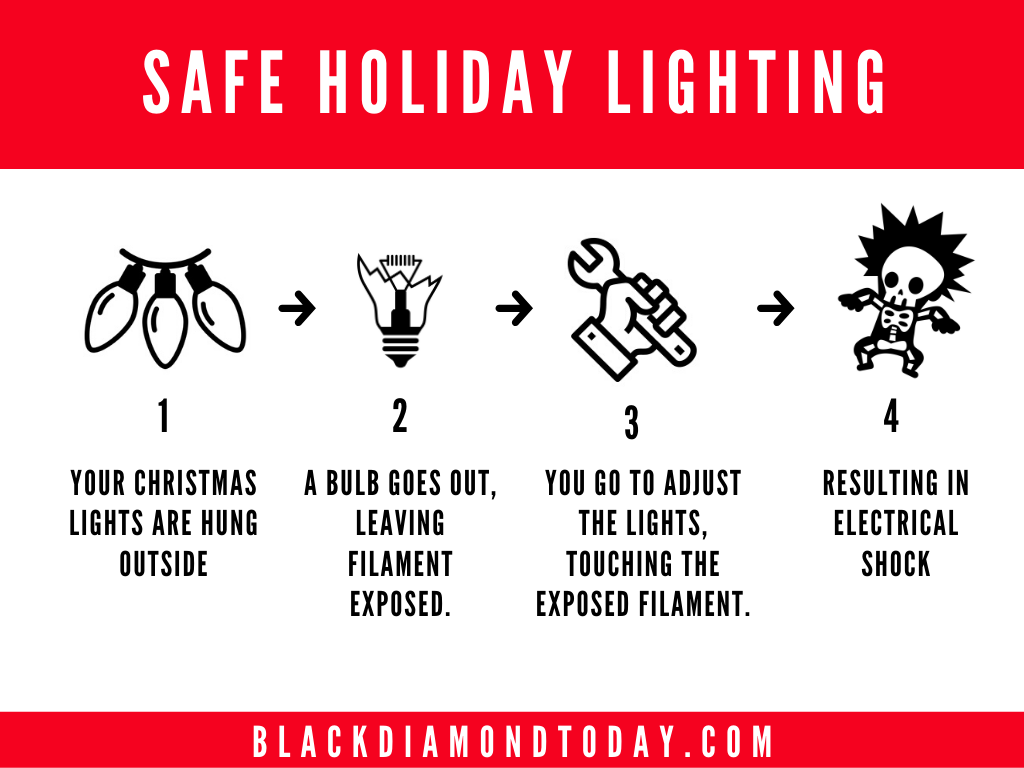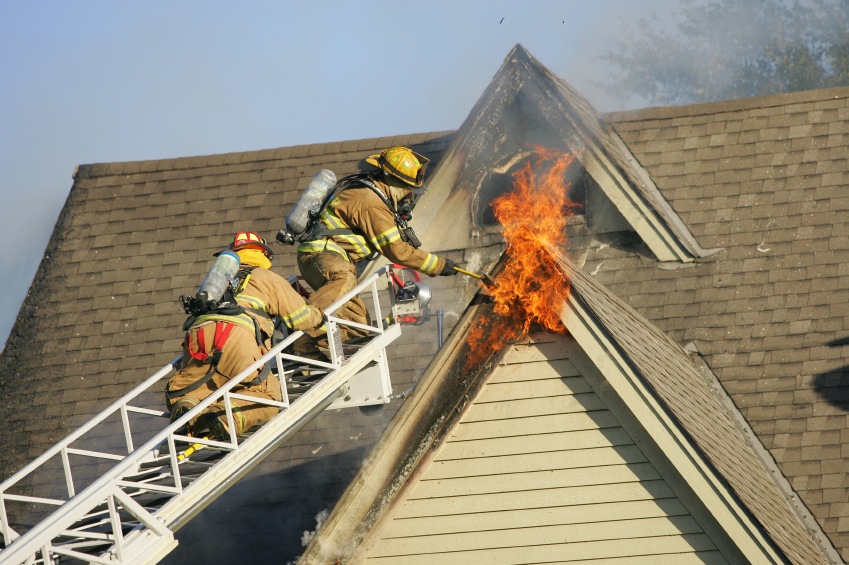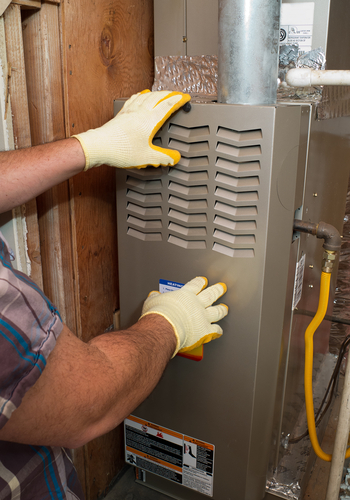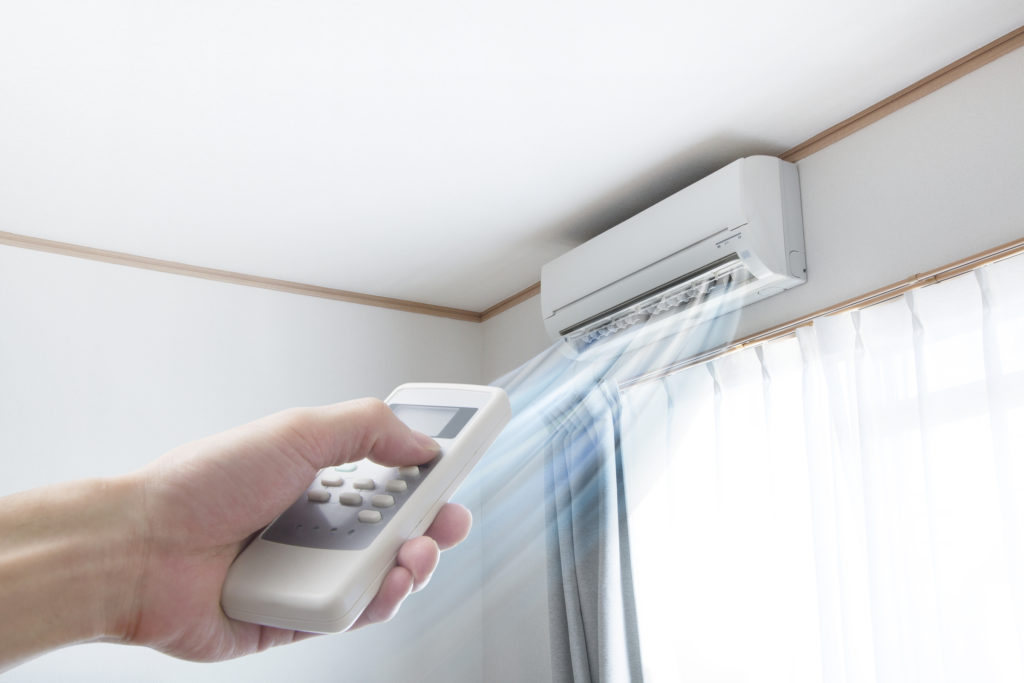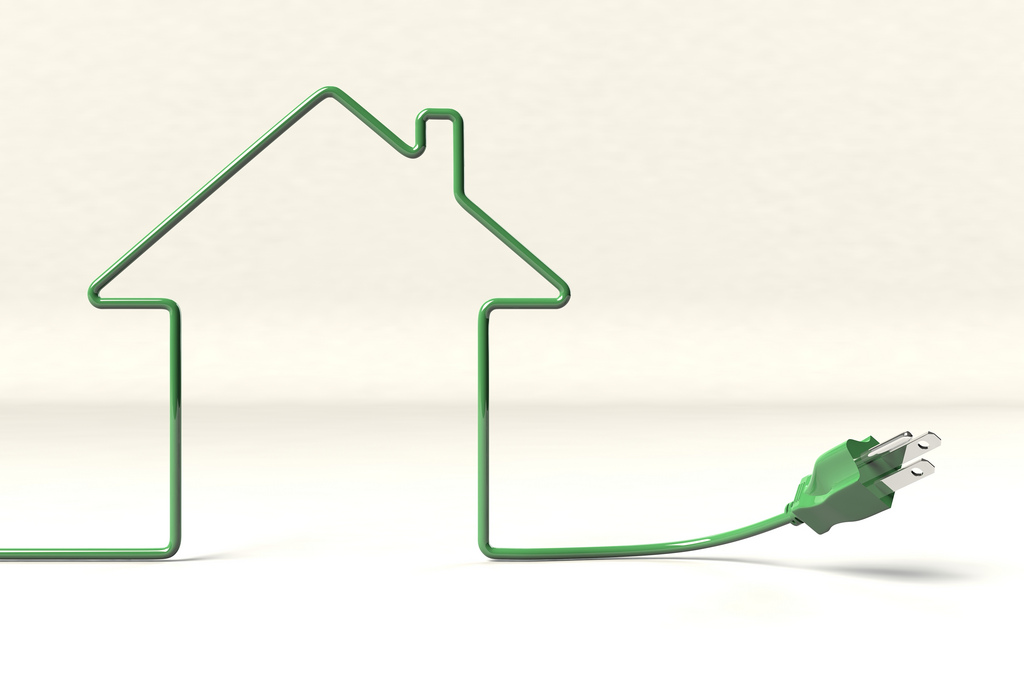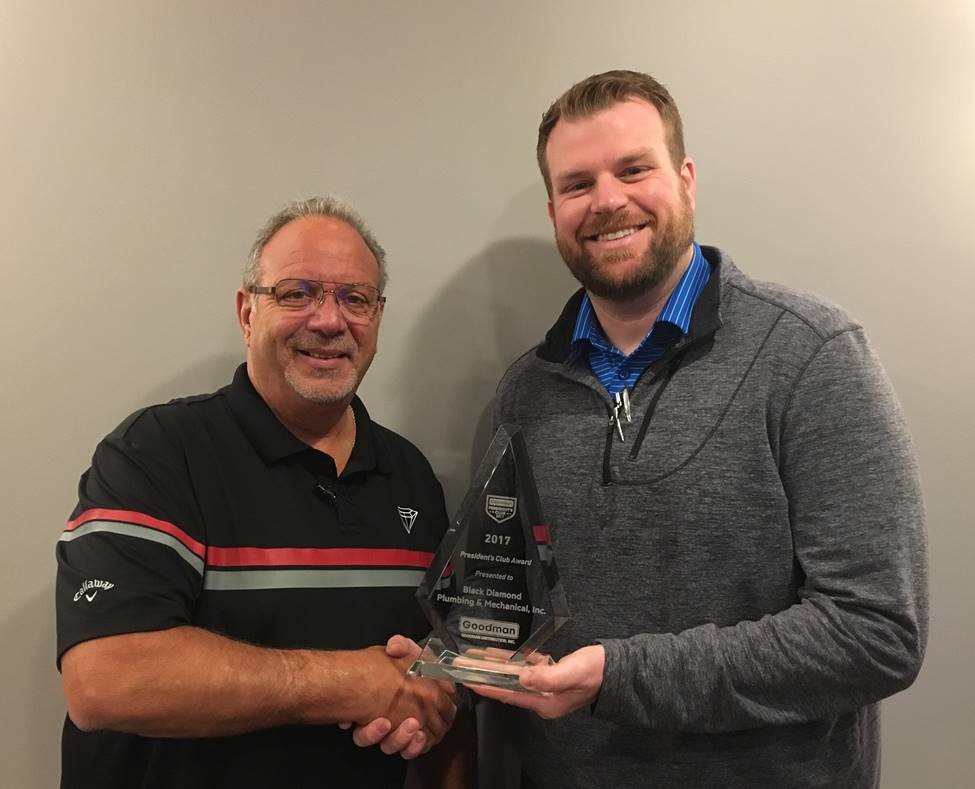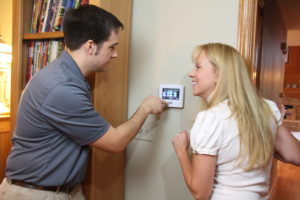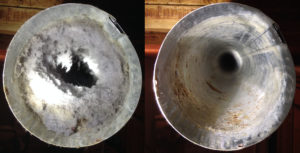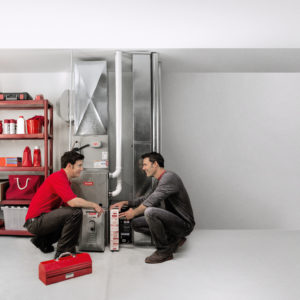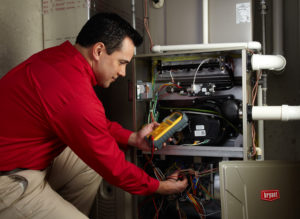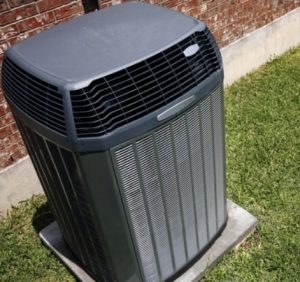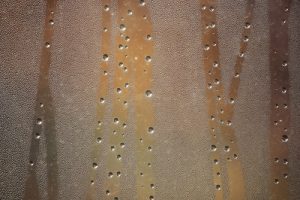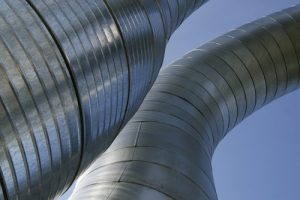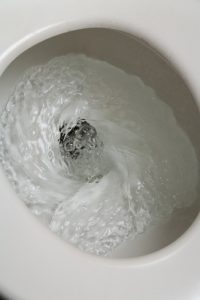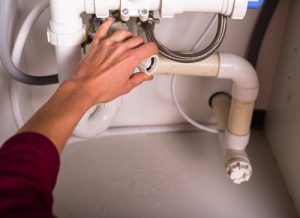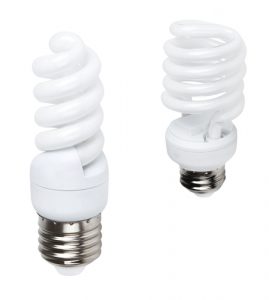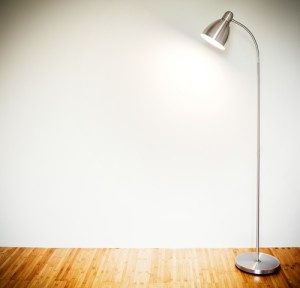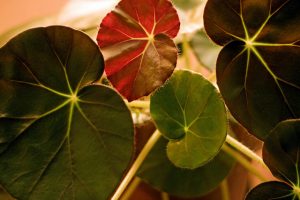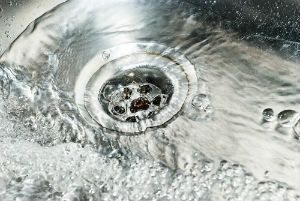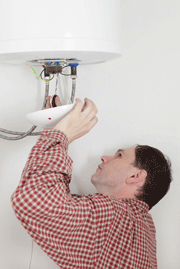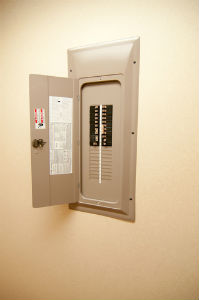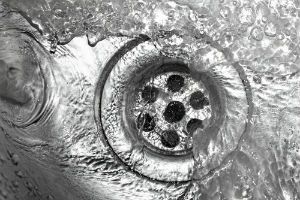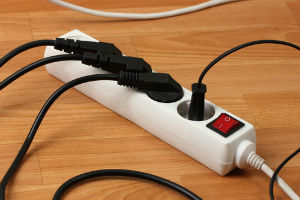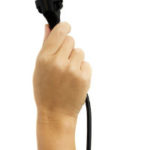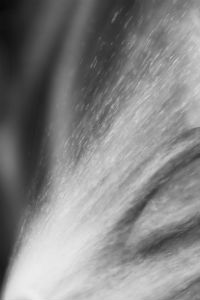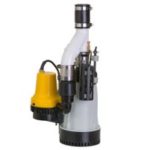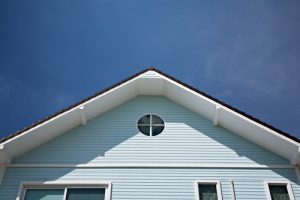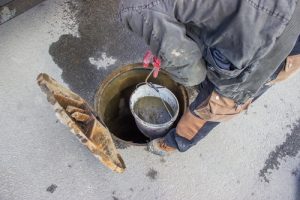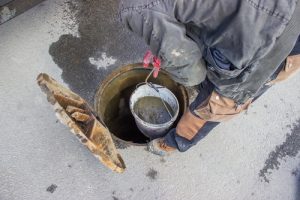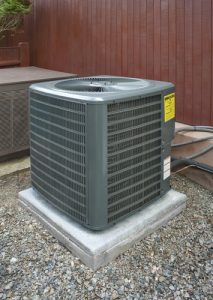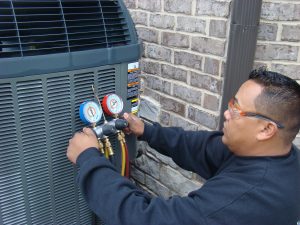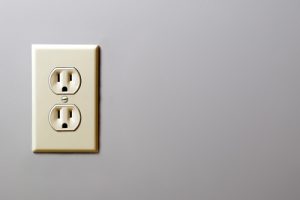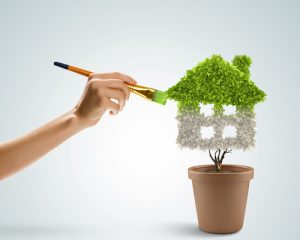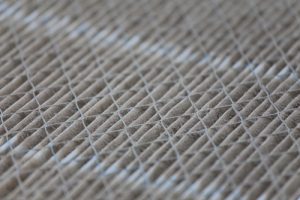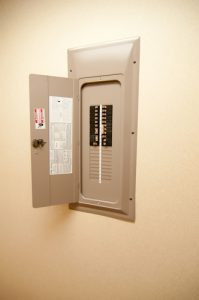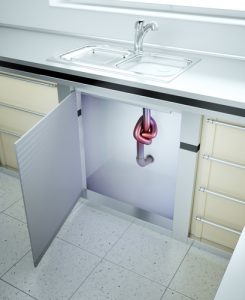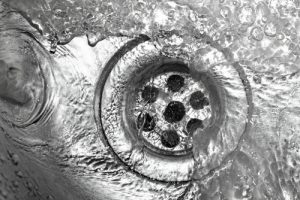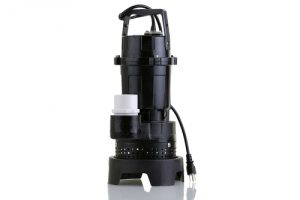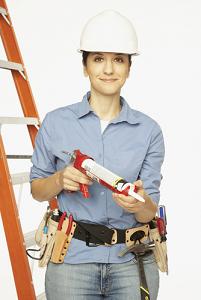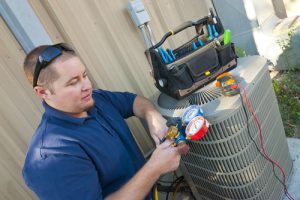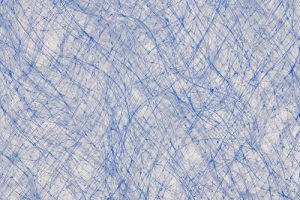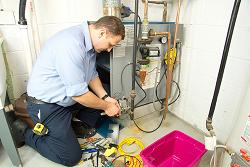Sewer-Safe Landscaping: Keeping the Roots out of Your Lines
No matter how beautiful the landscaping around your Chicagoland home, you won’t enjoy it much if it gives you constant headaches and hassles by damaging your utility lines. This is particularly true for the sewer line, where damage can cause messy sewage backups in your home. Planning for sewer-safe landscaping before you plant protects your sewer while ensuring you get the landscape look you want.
The sewer line that connects your home to the main city sewer is known as a lateral. This lateral is filled with water and other material that trees can “sense.” Because of this, tree roots naturally grow toward sewer lines.
To make matters worse, shifting soil and frost heaving move and crack sewer lines, making them vulnerable to root penetration. Although tree roots grow slowly, they exert strong pressure. They can easily work their way into ductile iron, concrete, plastic and other common sewer line material. Some trees have particularly aggressive roots that can completely crush sewer lines.
Once the roots enter, they thrive on the sewer line’s contents and grow into a dense clump. The root clump blocks the line, slowing or stopping the outflow of waste from your home. If the flow stops completely, fixtures such as the toilet or shower on your lowest floor will back up. In most communities, clearing the blockage and repairing the sewer lateral is up to you.
With a little forethought and regular preventive plumbing maintenance, though, you’ll be able to avoid any major problems.
Get to Know your Sewer Lines
The first step in planning sewer-safe landscaping is to find the sewer lateral on your property. The easiest way to do that is to check your home’s survey documents. If you don’t have these, contact the City of Chicago. They can either provide you with a copy or otherwise help you pinpoint your sewer lateral. Calling Digger–Chicago Utility Alert Network at 811 is another option.
Alternatively, you can find your lateral using a few key reference points on your property. First, find the sewer cleanout, a capped pipe likely located next to the house. This is where the lateral leaves your house. Next, look for where the lateral leaves your property. You’ll find the word “Sewer,” “S” or another mark, typically in bright green paint, near the curb. There may also be another cleanout pipe. If your lateral is like most, it runs in a straight line between this point and the first cleanout pipe.
Part of the sewer easement may also fall on your property. This is an area where public works technicians can enter in order to conduct inspections, maintenance or repair work on the sewer lines. The easement must be kept clear and minimally landscaped at all times. If you’ve got a sewer manhole within 15 feet of your property, chances are some of the easement is on your property.
Defend your Sewer Lateral with a Root Barrier
Before your start choosing trees and plants for your sewer-safe landscaping, you can take steps toward protecting your sewer line by adding a root barrier. These barriers come in three main types.
- Growth inhibitors — Some chemicals stop further root growth without harming the tree. Cupric carbonate painted on solid material is one option. Another is copper sulfate or potassium hydroxide. These chemicals are applied near the sewer line to keep out roots.
- Deflectors — Physical barriers made of heavy rigid plastic, metal or wood can be buried near the pipe to deflect root growth.
- Traps — Metal and plastic screens and sheets installed near the pipes trap and stop roots. The holes in the material let root tips through, but prevent further growth.
Correct application or installation is critical for these barriers to work effectively, so talk with a plumbing expert first if you’re considering using one.
Plan your Sewer-Safe Landscaping
Take the time to carefully plan your sewer-safe landscaping using graph paper or landscaping software. By doing this, you’ll avoid expensive mistakes and get exactly the design you want. To keep your pipes safe from root damage, there are three basic principles to follow:
- Limit the trees — Plant as few trees as possible near the sewer lines.
- Pick the right type — While the roots of some trees pose little threat to utility lines, other trees have wide-spreading, aggressive roots and should be kept far from the sewer lateral.
- Keep your distance — Plant all trees and shrubs far enough from your sewer lines that the roots will have difficulty reaching.
Plant a Limited Amount of Trees
Only plant trees near your sewer lines if you really need them. If you do plant trees, use as few as possible. Consider alternatives for achieving your landscaping goals. If you need shade, you might install a trellis and train a climbing vine on it. To block wind, a fence or wall may be a better option near sewer or other utility lines. For adding color and texture, ground covers are a good way to go.
Vertical interest is important in any landscape design, but trees aren’t the only way to add height. In addition to trellises, walls and fences, your options include pergolas, arbors, hanging baskets, statues, potted trees and plant racks.
Small shrubs can often do the job of adding vertical interest with minimal risk of damage to your underground pipes. Not all tree alternatives are good for sewer-safe landscaping, though. Bamboo is a perfect example. The cold-hardy bamboo species Phyllostachys and Fargesia can often survive Chicagoland winters, but their tough, clumping root systems make them a threat to your sewer lines.
Choose your Species Carefully
No tree or shrub species is absolutely safe for use around sewer lines. Because all trees and shrubs have roots, all are capable of penetrating and blocking your sewer lateral given enough time.
That said, some species are less problematic than others. For reasonably sewer-safe landscaping, only small, slow-growing trees with small root balls should be planted anywhere near sewer lines. Good choices for the Chicagoland area are:
- Amur maple
- Japanese maple
- Flowering dogwood
- Gingko
- Winter king hawthorn
- Crabapple
Tree root systems often reflect the shape of the leaf canopy, with narrower trees having narrower root systems. However, some trees’ root systems extend well beyond the leaf canopy. If you’re unsure about a tree’s root growth habits, check with a landscaper.
Trees with shallow, spreading root systems and those with water-seeking roots are a serious menace to your sewer. Stay away from poplars, willows, American elm, silver maple, and fruitless white mulberry.
When planning your budget, keep in mind any fast-growing trees planted near the sewer lines should be replaced around every 10 years. Even slow-growing trees will have to be replaced eventually.
Select a Safe Planting Distance
Keep all trees and shrubs at least 10 feet away from your sewer lateral. This goes for even the smallest, slowest growing species. Trees with spreading roots and species that require large amounts of water should be planted at least 20 feet from any underground pipe or utility line. If you must plant a large-growing tree with a spreading root system, keep it 100 feet away from your sewer line.
Create Ideal Planting Conditions
Plant your trees in large pits of well loosened, nutrient-rich soil to encourage the roots to stay within the area. Add fertilizer and soil amendments as necessary. Keep your trees well watered so the roots don’t need to grow out in search of water
Stay Alert for Clogs
Even when you follow sewer-safe landscaping practices, there’s still some chance of tree roots cracking or entering your sewer lines. When this happens, you’ll notice slow-flowing drains and possibly a gurgling sound from your toilet, particularly on the ground floor. Do nothing and you’ll eventually face clogs and overflows.
Catch the problem early, though, and you still have plenty of options for stopping the root penetration and limiting damage to your sewer lateral. Applying chemical root killers, installing a physical barrier and creating air pockets in the soil are a few possible solutions. Used incorrectly, though, these methods can damage if not outright kill the tree.
If you suspect a problem with your sewer, contact a plumbing professional who can both clear the pipes and suggest ways to prevent the problem from recurring.
Investing a little time in planning sewer-safe landscaping for your home will save you from messy sewage backups and expensive repairs. It doesn’t have to be a complex task, either. Stick with small, slow-growing trees and shrubs, keep them well clear of your sewer lines, and your sewer system will stay root-free for years.
That said, no two sewer systems, landscapes or households are quite the same. If you’re planning on landscaping around your lateral, it’s wise to start by consulting a plumbing professional who can steer you clear of any future problems.
For expert tips on keeping your plumbing system running smoothly, or for help managing a plumbing problem anywhere in Chicagoland, contact us at Black Diamond Plumbing & Mechanical. Blockage detection and repair, installation of fixtures and water heaters, and backflow inspection are just a few of the plumbing services we provide.
Recent Posts
Request Service
Please fill out the form and we will get in touch with you shortly. We look forward to serving you!
Request Service
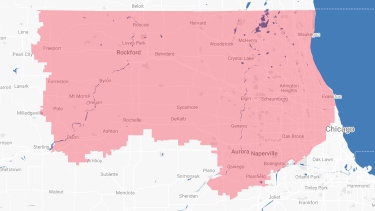
Proudly Serving
The Chicagoland AreaAddison | Algonquin | Antioch | Arlington Heights | Aurora | Barrington | Bartlett | Batavia | Beloit | Belvidere | Bensenville | Bloomingdale | Bolingbrook | Buffalo Grove | Byron | Caledonia | Capron | Carol Stream | And Much More!
VIew ALL

